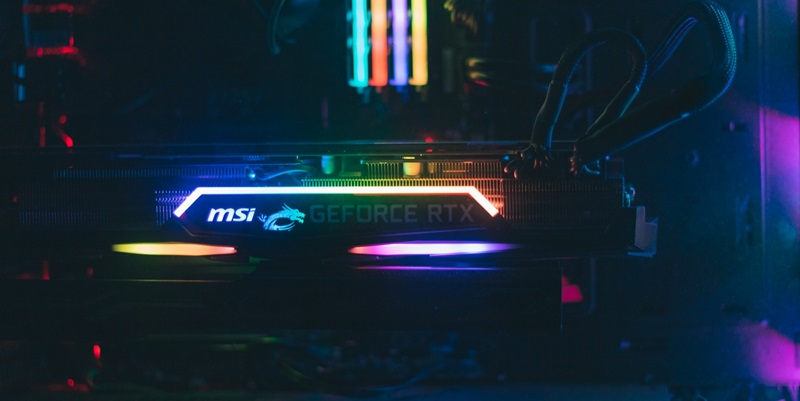The gaming community has been abuzz with the latest news of NVIDIA’s upcoming graphics cards. A recently leaked benchmark on Geekbench 6 has revealed an unexpected finding – there is only a minimal 7% performance difference between the highly anticipated NVIDIA GeForce RTX 4080 Super and its non-Super counterpart. This revelation has left enthusiasts wondering whether there is a legitimate need for this slight variation in the lineup.
Benchmark results
In the leaked benchmark, the GeForce RTX 4080 Super scored an impressive 257,144, while the non-Super version achieved a slightly lower score of 240,292. These scores clearly indicate that the performance difference between the two graphics cards is exceedingly small.
Specifications of the 4080 Super
Digging deeper into the specifications, we find that the GeForce RTX 4080 Super boasts a 256-bit bus interface and a generous 16 GB GDDR6X memory, boosted to an impressive 23 Gbps. Additionally, it shares the same Total Graphics Power (TGP) as the RTX 4080 non-Super, clocking in at 320W. The 4080 Super also delivers 52 Shader TFLOPs, 121 RT TFLOPs, and 836 AI TOPs, ensuring top-notch performance across various gaming and rendering workflows.
Pricing comparison
One aspect that favors the 4080 Super is its price point. Priced at $999, it offers a more affordable option compared to the early launch prices. This attractive price could initially boost sales but raises concerns about the long-term market impact.
Marginal improvements
However, when considering the marginal improvements showcased by the 4080 Super, questions arise as to the necessity of its existence. The performance difference between the Super and its non-Super counterpart is so small that it feels almost mind-boggling for this card to have been manufactured.
Concerns about sales performance
A cause for additional concern is the rumored poor sales performance of the RTX 4070 Super. Speculation of its disappointing sales could potentially impact the market reception for the 4080 Super as well. If true, this would be a significant blow to NVIDIA’s aspirations for the Super lineup.
Short-term vs. Long-term Sales Impact
The immediate impact of a price drop on the 4080 Super might drive sales initially, particularly for consumers eagerly awaiting a GPU upgrade. However, in the long run, it is less likely to have a substantial effect, as those seeking an upgrade might have already invested in the non-Super variants or opted for the far more powerful RTX 4090.
Competing options
Speaking of the RTX 4090, it stands as a formidable alternative to the 4080 Super. Leaked benchmark results indicate a notable performance advantage for the 4090 with a score of 322,378 on Geekbench 6 compared to the 4080 Super’s modest 257,144. Buyers who are seeking top-tier performance might prefer to leapfrog the Super variant and invest in the more powerful option.
Questioning the necessity
Given these factors, it raises the question of whether NVIDIA could have better utilized its resources by focusing on releasing true budget cards for the 4000-series instead. By doing so, they could cater to the larger market segment looking for affordable yet capable graphics solutions.
In conclusion, the NVIDIA GeForce RTX 4080 Super is undoubtedly an impressive graphics card with commendable performance levels. However, considering the minimal performance gains over its non-Super counterpart and the potential impact of alternative options like the 4090, the need for its existence seems questionable. While the price drop may initially attract buyers, the long-term sales trajectory remains uncertain. It remains to be seen whether NVIDIA’s decision to deliver the 4080 Super will prove advantageous or whether it will be overshadowed by alternative options or even the company’s own budget-oriented offerings in the future.

